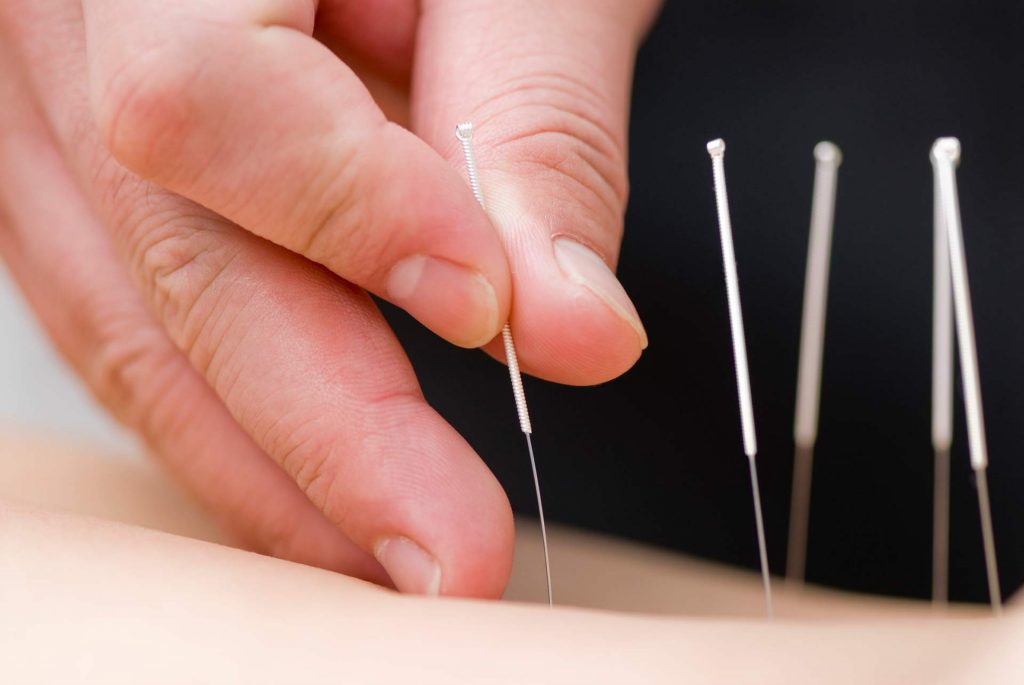Acupuncture and Dry Needling
Exploring Acupuncture and Dry Needling: A Comprehensive Guide
Acupuncture and dry needling are therapeutic techniques that involve the insertion of thin needles into specific points on the body to promote healing and relieve various ailments. While both practices involve the use of needles, they differ in their principles, origins, and applications. This article aims to provide a comprehensive overview of acupuncture and dry needling, shedding light on their respective histories, mechanisms, and therapeutic benefits.
- Acupuncture:
Originating in ancient China over 2,500 years ago, acupuncture is a key component of traditional Chinese medicine (TCM). The practice is based on the concept of Qi (pronounced “chee”), the vital energy that flows through meridians or pathways in the body. According to TCM principles, illness and pain occur when the flow of Qi is disrupted or blocked. Acupuncture aims to restore balance by inserting needles into specific acupoints along these meridians.
The needles used in acupuncture are extremely thin, and their insertion is generally painless. Acupuncture is known to address a wide range of conditions, including chronic pain, musculoskeletal disorders, digestive issues, and stress-related disorders. Research suggests that acupuncture may influence the release of neurotransmitters and hormones, promoting pain relief and overall well-being.
- Dry Needling:
Dry needling, on the other hand, has its roots in Western medicine and is often considered a modern adjunct to physical therapy. This technique targets trigger points—localized areas of tightness within muscles that can cause pain and dysfunction. Unlike acupuncture, dry needling does not follow the principles of traditional meridians or Qi. Instead, it focuses on releasing muscle tension and improving function.
During dry needling, thin needles are inserted directly into trigger points, eliciting a twitch response from the muscle. This twitch response is believed to reset the muscle, promoting relaxation and alleviating pain. Dry needling is commonly used to treat musculoskeletal conditions such as myofascial pain syndrome, chronic pain, and sports injuries.
- Key Differences:
Philosophical Foundation: Acupuncture is deeply rooted in traditional Chinese medicine and the concept of Qi, while dry needling is based on Western anatomical and physiological principles, targeting specific muscle trigger points.
Needle Insertion Sites: Acupuncture uses a network of meridians and acupoints, whereas dry needling focuses on specific anatomical locations associated with trigger points in muscles.
Treatment Approach: Acupuncture aims to restore the balance of energy flow, addressing a wide range of conditions beyond musculoskeletal issues. Dry needling, however, is primarily used for targeting muscle pain and dysfunction.
- Therapeutic Benefits:
Both acupuncture and dry needling have demonstrated effectiveness in addressing various health concerns:
Pain Relief: Both techniques have been shown to provide relief from acute and chronic pain conditions.
Musculoskeletal Disorders: Acupuncture and dry needling are frequently used to manage musculoskeletal issues, such as back pain, neck pain, and joint disorders.
Stress and Anxiety: Acupuncture is renowned for its ability to promote relaxation and reduce stress, while some studies suggest that dry needling may also have an anxiolytic effect.
- Conclusion:
In summary, acupuncture and dry needling are distinct therapeutic approaches that share the commonality of using thin needles for healing purposes. Acupuncture, deeply rooted in traditional Chinese medicine, addresses the flow of energy through meridians, while dry needling, a modern Western technique, targets specific muscle trigger points to relieve pain and dysfunction. Both practices offer valuable therapeutic benefits, and individuals may choose between them based on their unique health needs and preferences. As with any medical intervention, it is essential to consult with qualified healthcare professionals to determine the most appropriate treatment for individual conditions.

